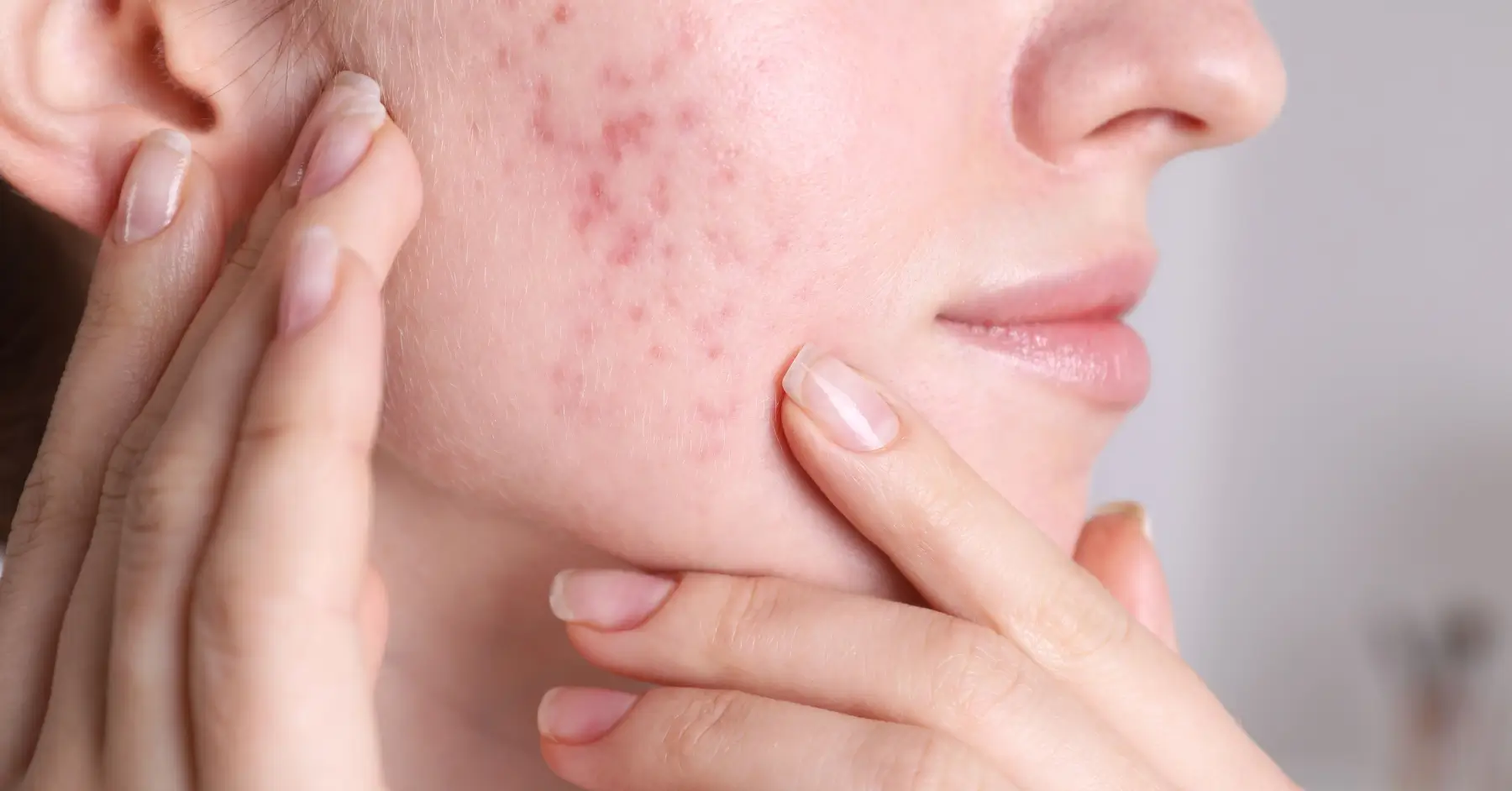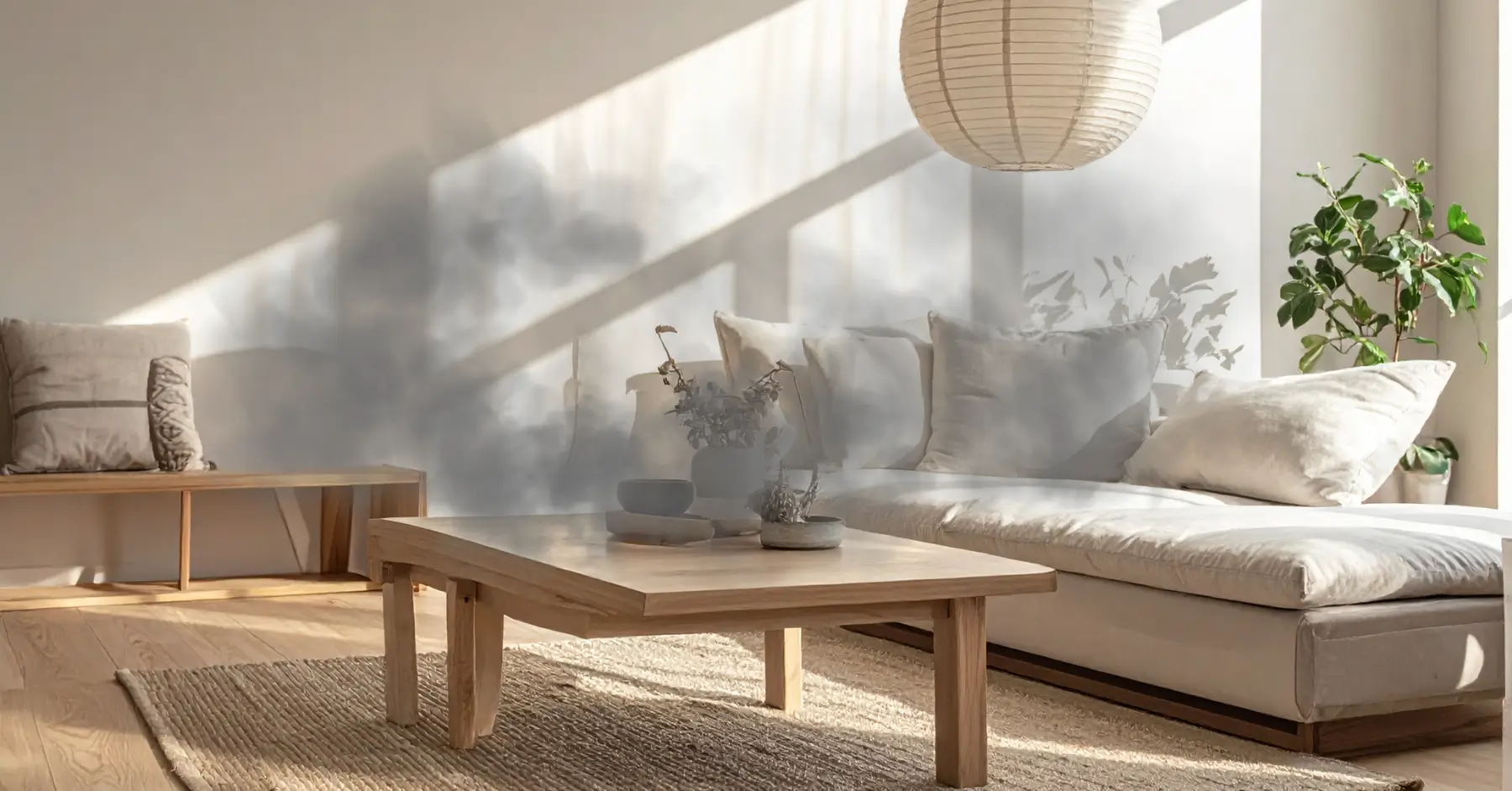Is Smoke Damage Covered by Insurance? What Homeowners Need to Know
You walk into your home after a fire, or even after a nearby wildfire, and everything smells like smoke. The walls are stained, your clothes reek, and there’s an odd gray film covering every surface. You might not see flames, but the damage is still real.
The question racing through your head is: Is smoke damage covered by insurance?
You’re not alone. Many homeowners don’t realize how serious smoke damage can be—or how complicated insurance claims around it might get. That’s why we’re breaking it all down here.
We’re A/S General Contracting, a licensed, insured, and IICRC-certified restoration company that’s worked on smoke-damaged homes all over Southern California. We’ve seen the confusion homeowners feel during claims, and we’re here to explain what gets covered, what might not, and what to expect during the process.
What Counts as Smoke Damage?
Smoke damage doesn’t always come from a big fire inside your home. In fact, most of the cases we handle fall into one of these categories:
- Kitchen fires that don’t spread but fill the home with soot
- Wildfires that leave homes miles away coated in ash and smoke
- Nearby structure fires that push smoke into neighboring properties
- Electrical fires inside walls or ceilings
- Cigarette or candle smoke building up over time
Even if your house didn’t burn down, smoke can damage walls, ceilings, ductwork, insulation, electronics, and furniture, and the odor often sticks around unless it’s properly cleaned.
So... Is Smoke Damage Covered by Insurance?
Most of the time, yes, if it’s sudden and accidental.
Standard homeowners insurance policies typically cover smoke damage under what’s called a “named peril” or “covered loss.” Fire is one of those named perils, and smoke is usually considered a result of fire.
What’s usually covered:
- Interior smoke damage to walls, ceilings, and floors
- Smoke odor removal and deodorization
- Cleaning and restoration of personal belongings
- Repainting, sealing, or replacing stained materials
- Temporary lodging if your home is unsafe to live in during cleanup
Your claim may also include:
- HVAC cleaning (if smoke entered the system)
- Electronics restoration
- Testing for airborne toxins like VOCs or soot particles
When Smoke Damage Might Not Be Covered
Here are a few situations where smoke damage might not be covered:
1. Gradual Damage
Insurance policies typically provide coverage for smoke damage that is the result of a sudden and accidental event. This means that the damage must have occurred unexpectedly and not gradually over an extended period. For instance, smoke damage caused by a kitchen fire or a nearby wildfire would likely be covered under a standard homeowner’s insurance policy. In such cases, the smoke damage is a direct and immediate consequence of a covered peril.
However, insurance policies usually exclude coverage for smoke damage that accumulates over time. This exclusion often applies to situations like gradual staining of walls and ceilings due to years of cigarette smoking or minor, unreported smoke issues that worsen over time. Insurers consider this type of damage to be the result of neglect or a lack of maintenance rather than a sudden accident. Therefore, if the smoke damage has developed slowly and was not promptly reported when it first occurred, it is unlikely to be covered by insurance. It’s crucial to understand the distinction between sudden, accidental smoke damage and damage that develops gradually to determine whether your insurance policy will provide coverage. Reviewing your specific policy details and consulting with your insurance provider can help clarify what types of smoke damage are covered under your plan.
2. Negligence or Delay
Failure to promptly report smoke damage to your insurance provider can negatively impact your claim. Insurers often require timely notification to properly investigate the incident and assess the extent of the damage. Delays in reporting might raise concerns about the cause or the worsening of the damage over time, potentially leading to reduced or denied coverage.
Furthermore, policyholders have a responsibility to take reasonable steps to protect their property from further damage after a fire. This might include securing the premises to prevent theft or exposure to the elements. If you fail to take these necessary precautions and the damage worsens as a result, your insurer may argue that the additional damage is not covered under your policy.
Finally, attempting to clean smoke damage yourself can sometimes exacerbate the problem. Improper cleaning techniques or the use of inappropriate cleaning agents can further embed soot and odors, making professional restoration more difficult and costly. In some cases, insurers may reduce coverage if they determine that your cleaning efforts worsened the damage. It is generally advisable to consult with your insurance provider and engage professional restoration services experienced in handling smoke damage.
3. Exclusions in Your Policy
While many homeowners insurance policies offer coverage for smoke damage, the specifics can vary significantly depending on the cause of the smoke and the details of your individual policy. For instance, smoke damage from a small, contained kitchen fire is generally covered under the dwelling or personal property sections of a standard policy. This would typically include costs for cleaning soot and smoke residue from walls, ceilings, furniture, and other belongings, as well as potential repairs or replacement if the damage is severe.
However, when it comes to widespread smoke damage from wildfires, the coverage can be more complex. Some insurance policies may have specific exclusions or limitations for wildfire-related smoke, particularly if your property is located in an area deemed to be at high risk for such events. These exclusions could limit or even deny coverage for smoke damage resulting from a regional wildfire, even if your home itself was not directly impacted by flames.
Therefore, it is crucial to thoroughly understand the terms and conditions of your homeowners insurance policy. Carefully review the sections pertaining to fire and smoke damage, and pay close attention to any listed exclusions or limitations, especially those related to natural disasters like wildfires. To gain a clearer understanding of your coverage, it is often beneficial to have a qualified insurance professional review your policy with you. They can explain the nuances of your specific plan and help you identify any potential gaps in coverage, allowing you to make informed decisions about your insurance needs.
What If the Fire Happened Next Door or Miles Away?
We get this question all the time, especially after Southern California wildfires.
Even if your home didn’t burn, smoke from a nearby structure fire or wildfire can still be covered if it caused direct damage to your property. This includes:
- Soot staining on walls or ceilings
- Ash in the attic or HVAC system
- Lingering smoke odor in clothing or furniture
You’ll likely need a licensed restoration contractor to document and validate the smoke damage for the claim to move forward.
What Does the Insurance Claim Process Look Like?
At A/S General Contracting, we help homeowners through this process every day. Here’s what you can expect:
1. Assessment and Documentation
We do a full inspection and document everything with photos, moisture readings, air quality tests, and surface testing.
2. Communication With Adjuster
We meet directly with your insurance adjuster, walk through the damage, and explain what needs to be done.
3. Estimate and Approval
We provide a professional estimate using industry-standard software (Xactimate), which your insurance company uses too. This helps speed up approvals.
4. Cleanup and Restoration
Once approved, we get to work—cleaning, deodorizing, and restoring your home to safe, livable conditions.
Will You Have to Pay Out of Pocket?
In most smoke damage claims:
- Your only out-of-pocket expense is the deductible
- The rest is paid directly by your insurance carrier
If your claim is denied, we’ll still provide you with a detailed, fair-priced estimate for out-of-pocket restoration work. And we’ll explain every line so there are no surprises.
The Hidden Risks of DIY Smoke Cleanup
You might be tempted to clean it yourself, especially if it looks minor. But here’s why that’s a mistake:
- Smoke penetrates deep into drywall, insulation, and even wiring
- Odors come back after weeks or months
- Toxins linger, especially after wildfire smoke
- Improper cleaning can make damage worse or harder to claim
Professional cleanup doesn’t just look better—it makes your home safer and helps get your claim approved.
Real Help From a Team That Knows Insurance Claims
We’ve worked directly with major carriers and hundreds of homeowners. We know what insurance companies look for and how to avoid delays, disputes, and red tape.
We’re not just here to clean up the mess. We’re here to advocate for you, walk you through each step, and bring your home back to life.
Learn more about our Insurance Claim Support for Property Damage
Get Help With Smoke Damage Today
Don’t try to figure it out alone. We’re available 24/7 to inspect, document, and guide you through the next steps.
Contact A/S General Contracting today
Whether your house smells like smoke or looks like it’s been through a fire, we’re here to help you get back to normal, fast.
Learn more about our Fire Damage Restoration Services


